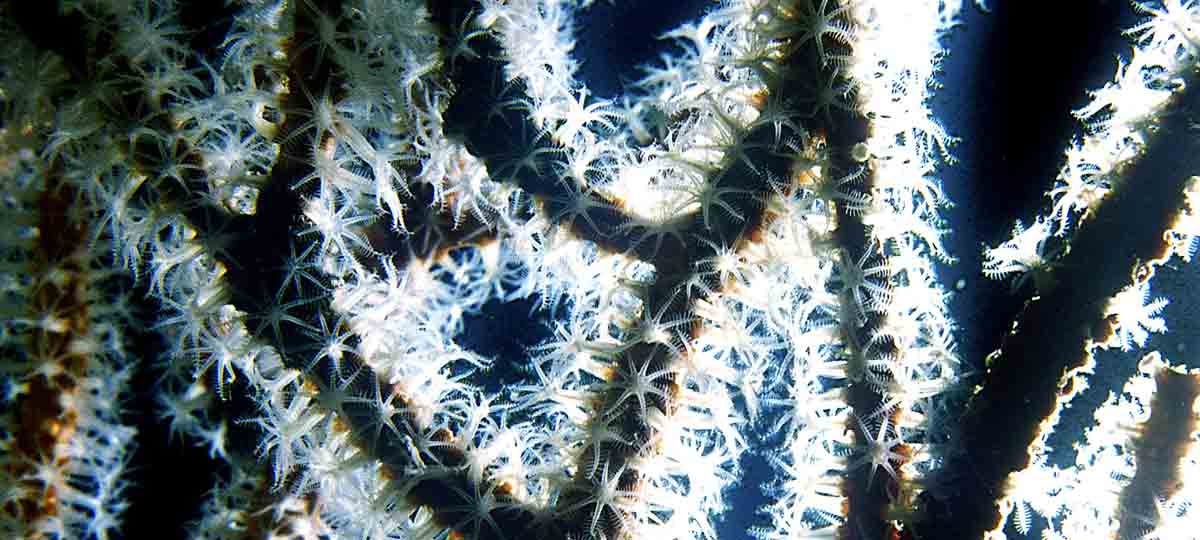Author / Editor: Eneko Bachiller (AZTI-Tecnalia)
Year: 2012
Content: In trophic studies of small pelagic fish, comparisons between gut contents and the available food in field are commonly limited by the sampling procedure. In this sense, different sized zooplankton samples can differ depending on the mesh size of the sampling net. In the same way, the variability on the distribution of both predators and preys as a function of environmental variables can be a limiting factor when taking samples and hence, that could be reflected in stomach contents. In this study different aspects are discussed in order to optimize the sampling design addressing trophic studies in the Bay of Biscay, presenting also unpublished information about the distribution of both zooplankton and the main small pelagic species.
This way, it is observed that 63 µm and 150 µm mesh Pairovet nets are not enough to catch the whole prey size spectrum found in stomachs of fish. In addition, many geographical areas are proposed in order to detect the variability of the distribution of both predators and preys; in the same way, the importance of sampling in different time ranges is discussed, as well as the regurgitation problem that long trawls could suppose for fish due to the stress caused. Finally, since stomach contents can differ from one fish to other, the significance of the individual fish analysis is highlighted, defining the optimum minimum sample size in order to detect a significant percentage of the prey diversity found in different small pelagic species.
Contact: biblioteca@azti.es


